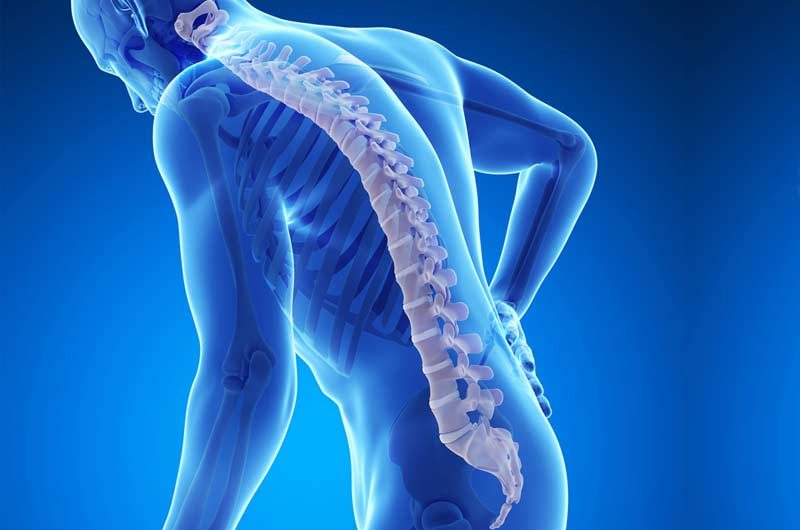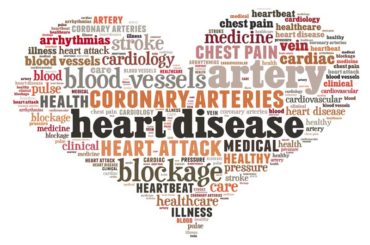A Bone Disease
Osteoporosis is a disease that thins and weakens the bones to the point that they become fragile and break easily.
Women and men with osteoporosis most often break bones in the hip, spine, and wrist, but any bone can be affected. You can’t “catch” osteoporosis or give it to someone else.
In the United States, more than 53 million people either already have osteoporosis or are at high risk due to low bone mass, placing them at risk for more serious bone loss and fractures. Although osteoporosis can strike at any age, it is most common among older people, especially older women.
How Bone Loss Occurs
Bone is living tissue. Throughout our lives, the body breaks down old bone and replaces it with new bone. But as people age, more bone is broken down than is replaced.
The inside of a bone normally looks like a honeycomb, but when a person has osteoporosis, the spaces inside this honeycomb become larger, reflecting the loss of bone density and strength. (The word “osteoporosis” means “porous bone.”) The outside of long bones — called the cortex — also thins, further weakening the bone.
Sometime around the age of 30, bone mass stops increasing, and the goal for bone health is to keep as much bone as possible for as long as you can. In most women, the rate of bone loss increases for several years after menopause, then slows down again, but continues. In men, the bone loss occurs more slowly.
But by age 65 or 70, most men and women are losing bone at the same rate.
Weak Bones Can Lead to Fractures
Osteoporosis is often called “silent” because bone loss occurs without symptoms.
People may not know that they have osteoporosis until a sudden strain, bump, or fall causes a bone to break. This can result in a trip to the hospital, surgery, and possibly a long-term disabling condition.
Broken bones in your spine are painful and very slow to heal. People with weak bones in their spine gradually lose height and their posture becomes hunched over. Over time a bent spine can make it hard to walk or even sit up.
Broken hips are a very serious problem as we age. They greatly increase the risk of death, especially during the year after they break.
People who break a hip might not recover for months or even years. Because they often cannot care for themselves, they are more likely to have to live in a nursing home.
Prevention and Treatment
The good news is that osteoporosis can often be prevented and treated. Healthy lifestyle choices such as proper diet, exercise, and treatment medications can help prevent further bone loss and reduce the risk of fractures.
Source Unknown.






